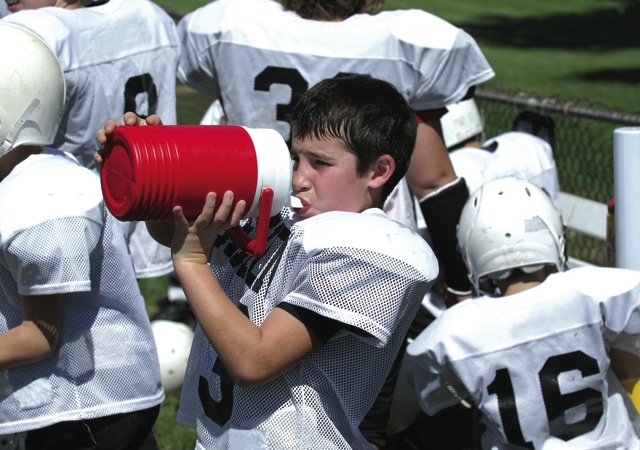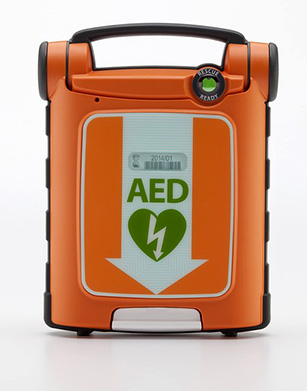MRSA: What you need to know
Methicillin-resistant Staphylococcus aureus (MRSA) is a potentially dangerous type of staph bacteria that is resistant to certain antibiotics and may cause skin and other infections. As with all regular staph infections, recognizing the signs and receiving treatment for MRSA skin infections in the early stages reduces the chances of the infection becoming severe.
• How is it spread? Having direct contact with another person’s infection; sharing personal items, such as towels or razors, that have touched infected skin; touching surfaces or items, such as used bandages, contaminated with MRSA.
• What are the signs or symptoms? MRSA appears as a bump on the skin that may be red, swollen, painful, warm to the touch, full of pus and possibly accompanied by a fever.» RELATED: Tips for creating a sanitary environment for athletes
• What should I do? If you believe you have contracted MRSA, cover the area with a bandage and contact your healthcare professional. It is especially important to contact your healthcare professional if signs and symptoms are accompanied by a fever.
• How is MRSA treated? Treatment may include having a healthcare professional drain the infection and, in some cases, prescribe an antibiotic. Do not attempt to drain the infection yourself — doing so could worsen the infection or spread it to others. If you are given an antibiotic, be sure to take all of the doses (even if the infection is getting better), unless your healthcare professional tells you to stop taking it.
* Information gathered from the Centers for Disease Control and Prevention





